Who Made The First Light Microscope ?
The first light microscope was invented by Dutch spectacle maker Zacharias Janssen and his father Hans in the late 16th century.
1、 Invention of the Light Microscope
The invention of the light microscope is attributed to several individuals who made significant contributions to its development. However, the first person to create a functional light microscope is generally credited to Dutch scientist Antonie van Leeuwenhoek in the late 17th century. He was able to achieve magnifications of up to 270 times, which allowed him to observe and describe microorganisms for the first time.
Prior to Leeuwenhoek's invention, other scientists had made important contributions to the development of lenses and optics, which laid the foundation for the light microscope. For example, in the early 1600s, Galileo Galilei used a compound microscope to observe insects and other small objects. Later, Robert Hooke used a microscope to study plant cells and coined the term "cell" to describe the basic unit of life.
Today, the light microscope remains an essential tool in many fields of science, including biology, medicine, and materials science. Advances in technology have led to the development of more sophisticated microscopes, such as confocal microscopes and electron microscopes, which allow scientists to observe even smaller structures and details.
In recent years, there has been a growing interest in developing new types of microscopes that can image living cells and tissues in real-time, without the need for staining or other invasive techniques. These advances are expected to have a significant impact on our understanding of biological processes and disease mechanisms.
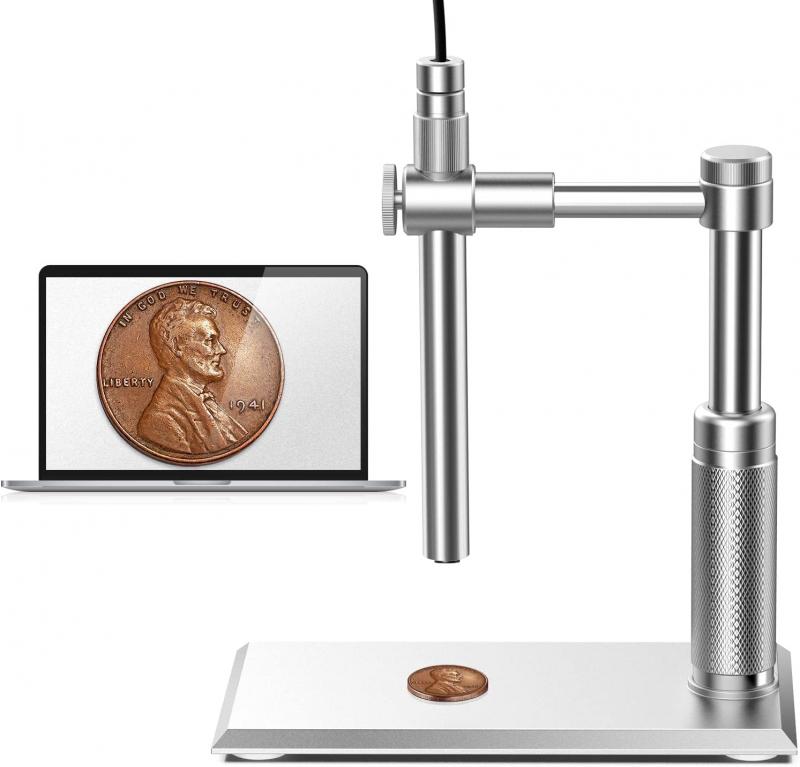
2、 Early Microscope Pioneers
The first light microscope was invented by Dutch spectacle maker, Zacharias Janssen, in the late 16th century. However, credit for the development of the microscope is also given to his father, Hans Janssen, and Dutch scientist, Antonie van Leeuwenhoek, who improved upon the design and made significant contributions to the field of microbiology.
Zacharias Janssen and his father, Hans, were known for their expertise in crafting lenses for eyeglasses. They discovered that by placing two lenses together, they could magnify objects. They created the first compound microscope, which used two lenses to magnify objects up to nine times their original size.
Antonie van Leeuwenhoek, a contemporary of the Janssens, was a self-taught scientist who made significant contributions to the field of microbiology. He improved upon the design of the microscope, creating a single-lens microscope that could magnify objects up to 270 times their original size. He used his microscope to observe and document microorganisms, including bacteria and protozoa, which were previously unknown to science.
While the Janssens and van Leeuwenhoek are credited with the development of the microscope, recent research suggests that the origins of the microscope may date back even further. In 2013, a team of researchers discovered a 1,600-year-old lens in a Roman shipwreck off the coast of Italy. The lens was made of a type of glass that was used to make the first eyeglasses, and it is believed that it may have been used as a magnifying glass or as part of a primitive microscope. This discovery suggests that the history of the microscope may be even older than previously thought.

3、 Development of Compound Microscopes
The development of compound microscopes can be traced back to the late 16th century, with the first recorded use of a compound microscope in 1590 by Dutch spectacle maker Zacharias Janssen. However, it is unclear who exactly made the first light microscope, as there were several inventors and scientists who contributed to its development.
One of the most notable figures in the history of the light microscope is Antonie van Leeuwenhoek, a Dutch scientist who is often referred to as the "father of microbiology". Leeuwenhoek was the first person to observe and describe microorganisms, using a simple microscope that he designed and built himself in the 17th century.
Another important figure in the development of the light microscope was Robert Hooke, an English scientist who is best known for his book "Micrographia" published in 1665. In this book, Hooke described his observations of various objects under a microscope, including cork cells, which he named "cells" due to their resemblance to the small rooms in a monastery.
Since the early days of the light microscope, there have been numerous advancements in technology and design, leading to the development of more powerful and sophisticated microscopes. Today, light microscopes are used in a wide range of fields, from biology and medicine to materials science and nanotechnology.
In recent years, there has been a growing interest in the development of super-resolution microscopy techniques, which allow researchers to observe structures and processes at the nanoscale level. These techniques have the potential to revolutionize our understanding of biological systems and could lead to new discoveries in fields such as drug development and disease treatment.

4、 Improvements in Lens Technology
The first light microscope was invented by Dutch scientist Antonie van Leeuwenhoek in the late 17th century. He was able to achieve magnifications of up to 270 times, which allowed him to observe and describe microorganisms for the first time. However, it was not until the 19th century that significant improvements in lens technology were made, leading to the development of more powerful and versatile microscopes.
One of the key figures in this development was German physicist Ernst Abbe, who in the 1870s formulated the theory of image formation in microscopes. He showed that the resolution of a microscope is limited by the wavelength of light used to illuminate the specimen, and that this limit could be overcome by using lenses with higher numerical apertures. This led to the development of the first oil immersion lenses, which allowed for much higher magnifications and resolutions.
Since then, there have been numerous advances in microscope technology, including the development of electron microscopes, confocal microscopes, and super-resolution microscopes. These new technologies have allowed scientists to observe and manipulate biological structures at ever-increasing levels of detail, leading to new discoveries and insights into the workings of living systems.
In recent years, there has also been a growing interest in developing portable and affordable microscopes that can be used in resource-limited settings, such as in developing countries or in the field. These new technologies have the potential to democratize access to scientific tools and empower a new generation of researchers and innovators.
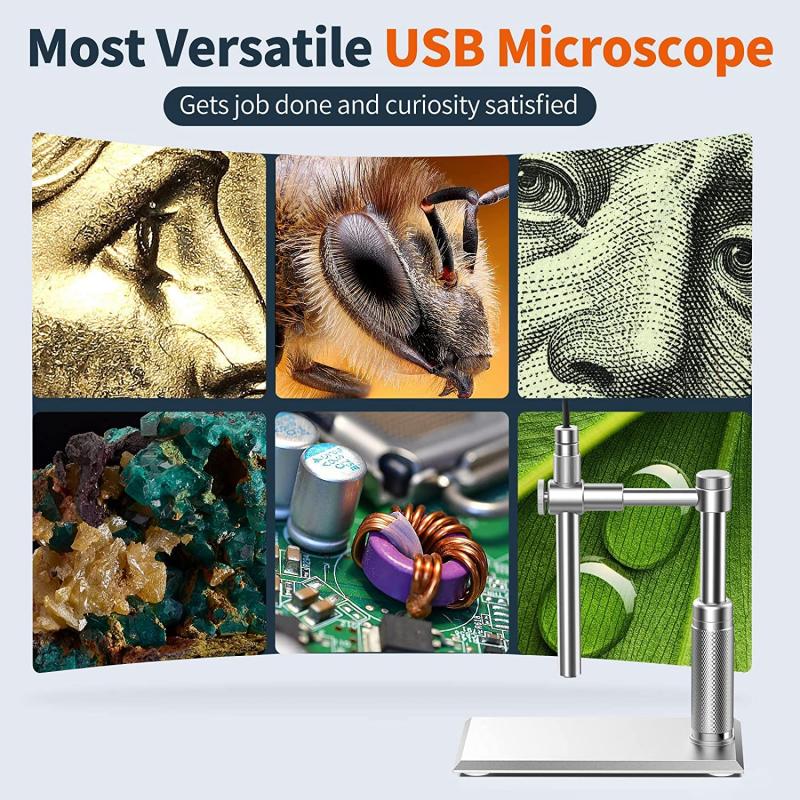




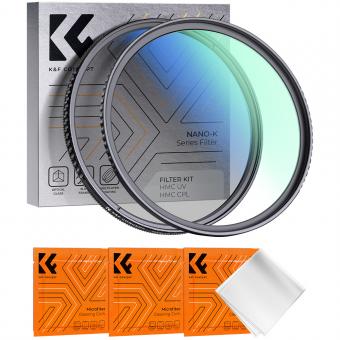
















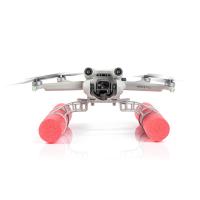




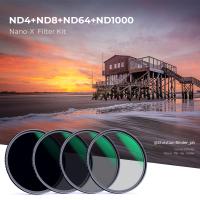




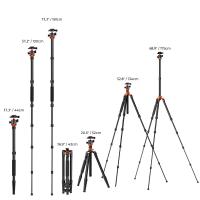
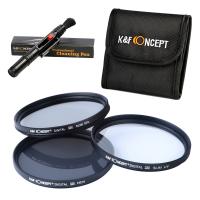

There are no comments for this blog.